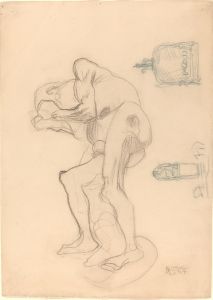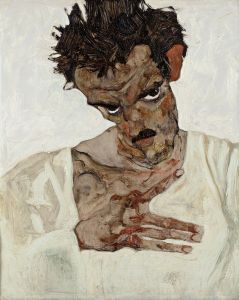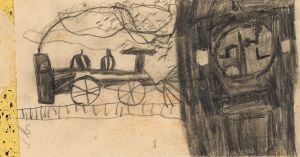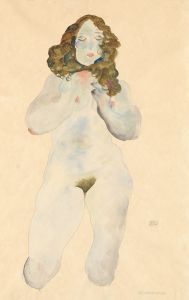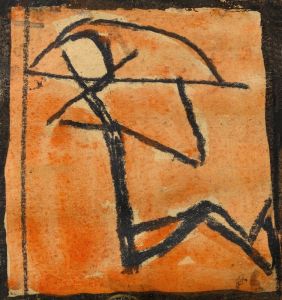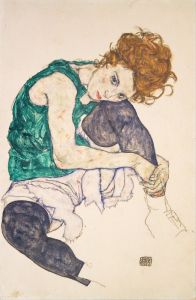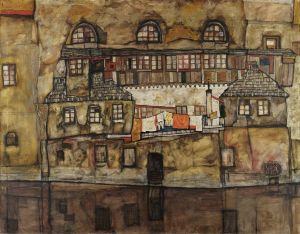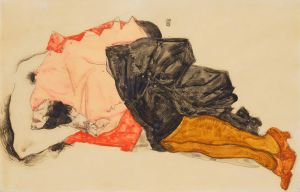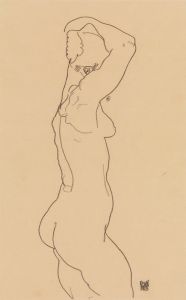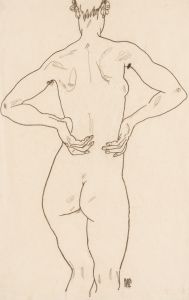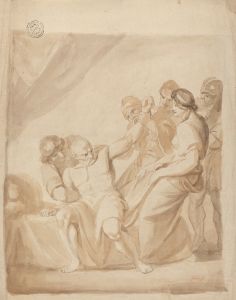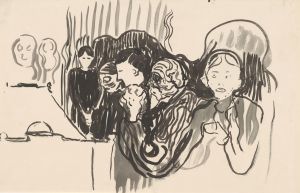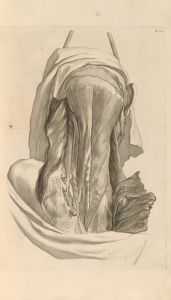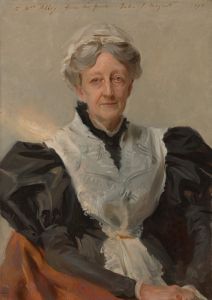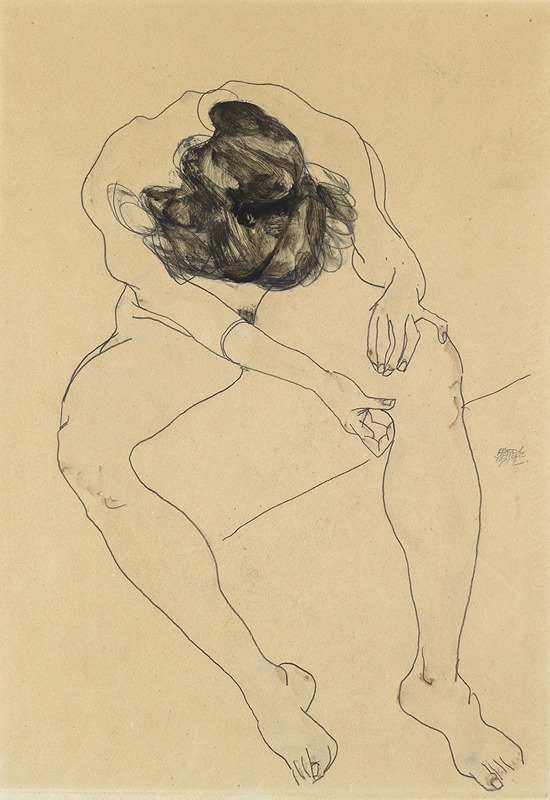
Sitzender weiblicher Akt von oben gesehen
A hand-painted replica of Egon Schiele’s masterpiece Sitzender weiblicher Akt von oben gesehen, meticulously crafted by professional artists to capture the true essence of the original. Each piece is created with museum-quality canvas and rare mineral pigments, carefully painted by experienced artists with delicate brushstrokes and rich, layered colors to perfectly recreate the texture of the original artwork. Unlike machine-printed reproductions, this hand-painted version brings the painting to life, infused with the artist’s emotions and skill in every stroke. Whether for personal collection or home decoration, it instantly elevates the artistic atmosphere of any space.
Egon Schiele (1890–1918) was an Austrian painter and one of the most prominent figures of early 20th-century Expressionism. Known for his raw, emotive style and provocative subject matter, Schiele often explored themes of human vulnerability, sexuality, and existential angst. Among his extensive body of work, the drawing titled Sitzender weiblicher Akt von oben gesehen (Seated Female Nude Seen from Above) exemplifies his distinctive approach to the human form.
This artwork, created in 1910, is a pencil and watercolor composition on paper. It depicts a seated female nude viewed from an elevated perspective, a vantage point that emphasizes the angularity and distortion of the figure. The subject's body is rendered with Schiele's characteristic precision and intensity, showcasing his ability to convey both physical and emotional tension. The figure's pose is introspective and somewhat contorted, with the limbs and torso arranged in a way that challenges traditional notions of beauty and proportion. Schiele's use of line is sharp and deliberate, while the application of watercolor adds subtle tonal variations that enhance the sense of depth and texture.
During this period, Schiele was heavily influenced by his mentor, Gustav Klimt, but he had already begun to develop a more radical and personal style. Unlike Klimt's decorative and ornamental approach, Schiele's work often stripped the human form of idealization, focusing instead on its fragility and imperfection. This particular drawing is a testament to Schiele's interest in unconventional perspectives and his willingness to push the boundaries of figurative art.
The year 1910 marked a turning point in Schiele's career, as he began to gain recognition for his innovative techniques and bold subject matter. However, his work was also met with controversy due to its explicit nature, which often challenged societal norms of the time. Despite this, Schiele's art has since been celebrated for its psychological depth and its ability to capture the complexities of human existence.
Sitzender weiblicher Akt von oben gesehen is part of Schiele's broader exploration of the human figure, a theme that remained central to his artistic practice throughout his short but prolific career. Today, the drawing is considered an important example of his early work and is held in high regard by art historians and collectors alike. It is housed in a private collection, and its exact provenance and exhibition history are well-documented, reflecting the enduring interest in Schiele's contributions to modern art.





